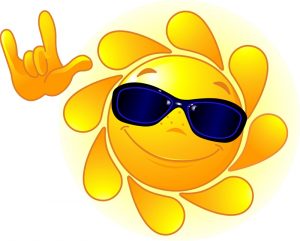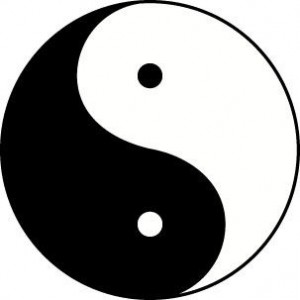 The principle of Yin and Yang is a fundamental concept in Chinese philosophy and culture in general dating from the third century BCE or even earlier. This principle is that all things exist as inseparable and contradictory opposites, for example female-male, dark-light and old-young. The two opposites attract and complement each other and, as their symbol illustrates, each side has at its core an element of the other (represented by the small dots). Neither pole is superior to the other and, as an increase in one brings a corresponding decrease in the other, a correct balance between the two poles must be reached in order to achieve harmony.
The principle of Yin and Yang is a fundamental concept in Chinese philosophy and culture in general dating from the third century BCE or even earlier. This principle is that all things exist as inseparable and contradictory opposites, for example female-male, dark-light and old-young. The two opposites attract and complement each other and, as their symbol illustrates, each side has at its core an element of the other (represented by the small dots). Neither pole is superior to the other and, as an increase in one brings a corresponding decrease in the other, a correct balance between the two poles must be reached in order to achieve harmony.
Yin is feminine, black, dark, north, water (transformation), passive, moon (weakness), earth, cold, old, even numbers, valleys, poor, soft, and provides spirit to all things. Yin reaches it’s height of influence with the winter solstice. Yin may also be represented by the tiger and the color orange.
Yang is masculine, white, light, south, fire (creativity), active, sun (strength), heaven, warm, young, odd numbers, mountains, rich, hard, and provides form to all things. Yang reaches it’s height of influence with the summer solstice. Yang may also be represented by the dragon and the color blue.
Yin and yang describe how we can be connected to our universe. For example, the experience of climbing a mountain in the sun could be described as yang compared to the feelings we experience while lying in the shade.
We can use yin and yang to describe our relationships with anything, including food, exercise, chi and the weather. Where it becomes interesting is that we can also describe our current state in terms of yin and yang. So I could say, “I feel really yin today.” If I was not happy in that state, I could simply connect more deeply with those things I have identified with as helping me feel more yang, and change my current condition to being less yin.
Ultimately, yin and yang are a wonderful way to generate greater self- awareness and make interesting connections between our own conditions and all our possible interactions with the world we live in. Yin and yang allow us to connect ourselves to everything around us so that we can quickly decide what we need to do to bring ourselves back to a more balanced state when feeling any discomfort.
A very primitive use of the Chinese characters for yin and yang is claimed to date back to the fourteenth century BC. It is thought that initially the character for yin described the night and yang the day. It seems that Chinese philosophers recognized that humans where influenced by three powerful cycles, those of the day, moon and year. It also is apparent that our response to these cycles has certain similarities. So we might notice similarities with the night, new moon and winter whilst sensing a similar response to the day, full moon and summer. Yin then represents the night, new moon, winter part of the cycle and yang the day, full moon and summer.
Yin and yang can be interpreted in different ways. For much of its history yin would describe the way we feel during the night and in winter compared to the yang feelings we might experience in the summer and during the day. In Chinese medicine, the word “cooling” is associated with yin and “warming” with yang. So a food that feels warming would be more yang than a food that feels cooling.
The basic idea is using two words to describe the effect of outside influences on us, and to cultivate the awareness of how we can help change our health through a change of those influences. Yin and yang is used in feng shui,macrobiotics, Chinese astrology, the I Ching, traditional Chinese medicine, acupuncture, Chinese herbal medicine, shiatsu, tai chi, qi gong, and Chinese philosophy.
One traditional Chinese interpretation is that yang is experienced on the sunny side of the mountain and yin on the shady side. Other ways we can experience natural environmental yin and yang is to see how we feel during a hot, dry, day in the summer, when there is a greater presence of yang energy compared to a cold, damp, frosty night in the winter. We could also compare the way we feel during the full moon to the new moon. During the full moon some of us become slightly more yang, and this corresponds with a three to five percent increase in car accidents, crime, and admissions to emergency rooms.
Using this definition of yin and yang, I would feel more energetic, expressive, outgoing, social, alert, warm, active, and motivated when I sense I am more yang. When I describe myself as more yin, I feel more withdrawn, introspective, meditative, cool, relaxed, calm, peaceful, objective, clear-minded, and insightful. I would suggest you make your own list of what feels like yin or yang to you, drawing on your experience of night and day, winter and summer, and shade and sun.
We are always more yin or yang and most of the time, and this is healthy; however, sometimes we may find we experience problems from being too yin or yang. Once we have identified whether we are too yang or yin, we can simply expose ourselves to more of the opposite energy and reduce the influences we have too much of. For example, if I felt too hot and active and this was contributing to a headache, as though the sun and heat was too strong for me, I could eat all the foods I know cool me down. For me, this would be raw cucumber, grated daikon, fresh fruits, lemon water, apple cider vinegar, plain yogurt, and salads. As a result, I would feel more yin; in the past, this has resulted in my headache receding.
Next blog … practical ways to compliment yin or yang.
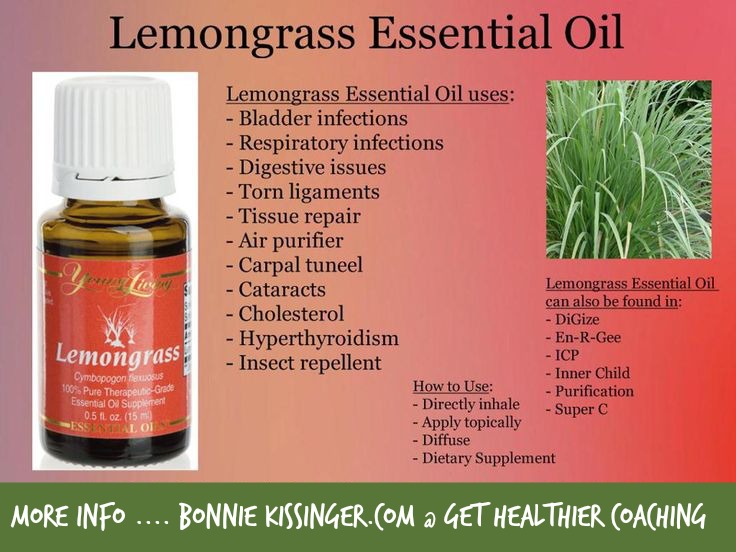
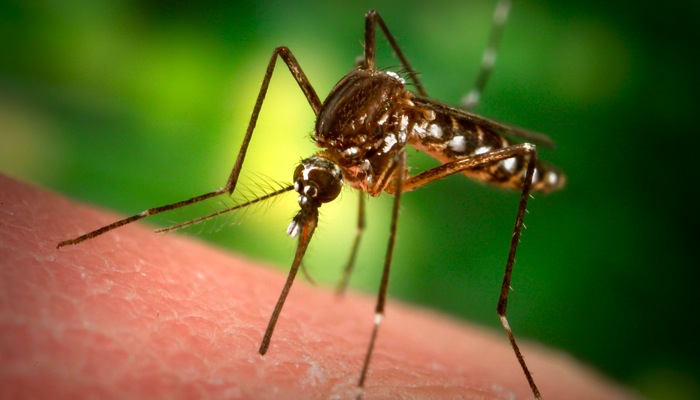



 The principle of Yin and Yang is a fundamental concept in Chinese philosophy and culture in general dating from the third century BCE or even earlier. This principle is that all things exist as inseparable and contradictory opposites, for example female-male, dark-light and old-young. The two opposites attract and complement each other and, as their symbol illustrates, each side has at its core an element of the other (represented by the small dots). Neither pole is superior to the other and, as an increase in one brings a corresponding decrease in the other, a correct balance between the two poles must be reached in order to achieve harmony.
The principle of Yin and Yang is a fundamental concept in Chinese philosophy and culture in general dating from the third century BCE or even earlier. This principle is that all things exist as inseparable and contradictory opposites, for example female-male, dark-light and old-young. The two opposites attract and complement each other and, as their symbol illustrates, each side has at its core an element of the other (represented by the small dots). Neither pole is superior to the other and, as an increase in one brings a corresponding decrease in the other, a correct balance between the two poles must be reached in order to achieve harmony.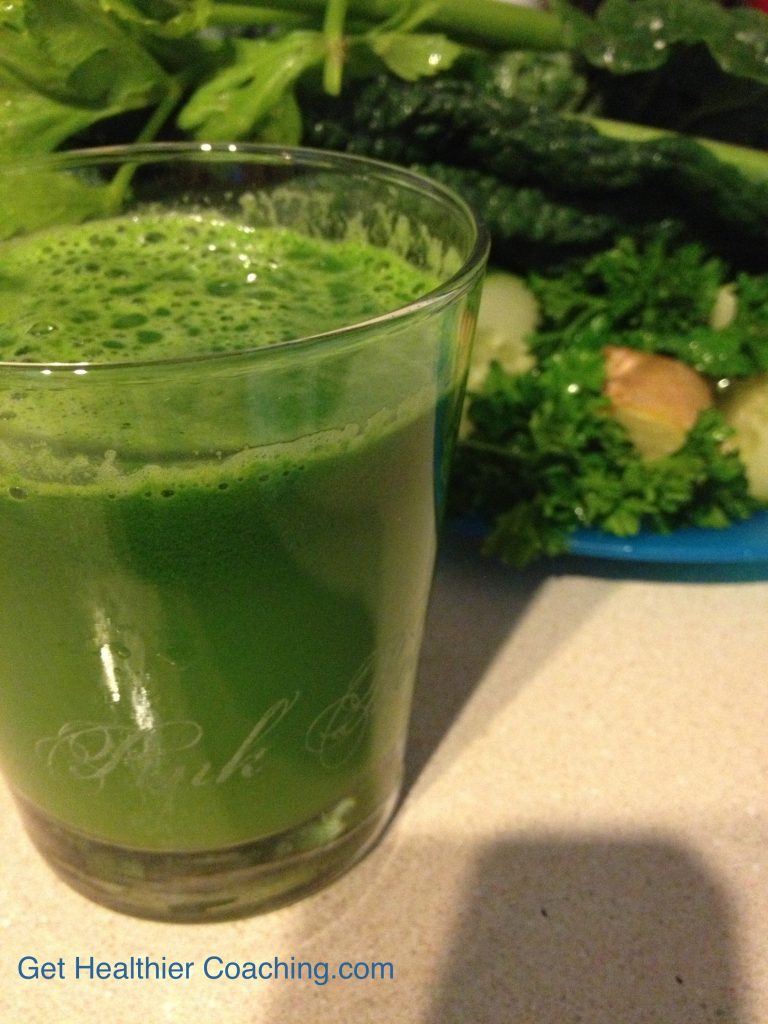
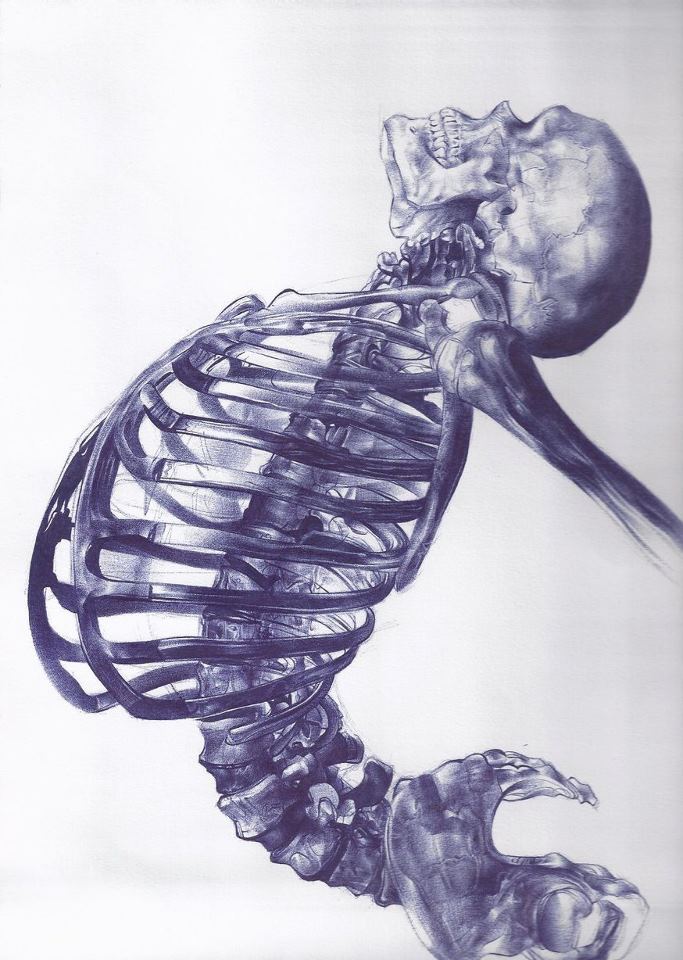
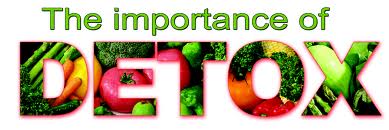

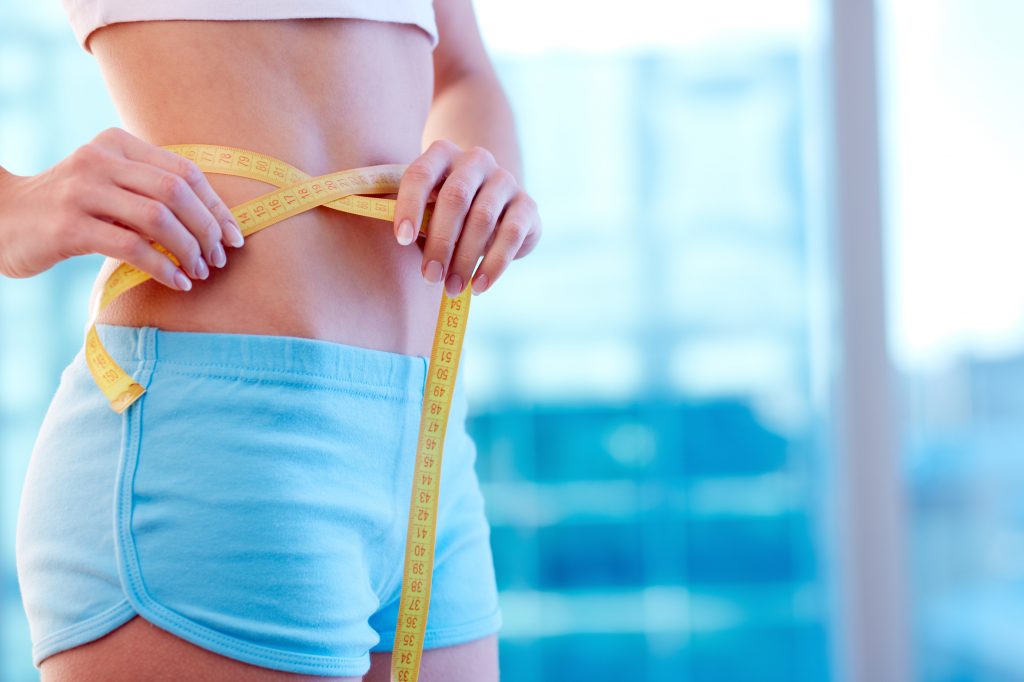
 So what to do. Well, we are all individuals. Gloriously unique. So our approach to weight loss will be unique. Now, that’s not to say that their won’t have a similar foundation, but everyone will have different needs. That sounds complicated, but actually, it’s not that hard. Takes some patience. Some investigation. Some experimentation.
So what to do. Well, we are all individuals. Gloriously unique. So our approach to weight loss will be unique. Now, that’s not to say that their won’t have a similar foundation, but everyone will have different needs. That sounds complicated, but actually, it’s not that hard. Takes some patience. Some investigation. Some experimentation.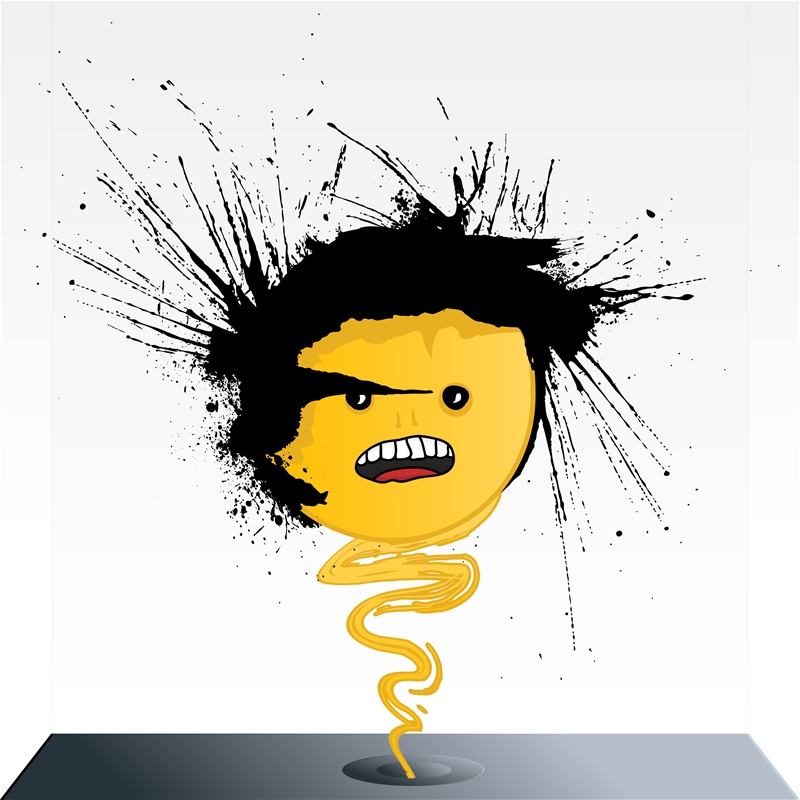
 Ever have one of those days?
Ever have one of those days?